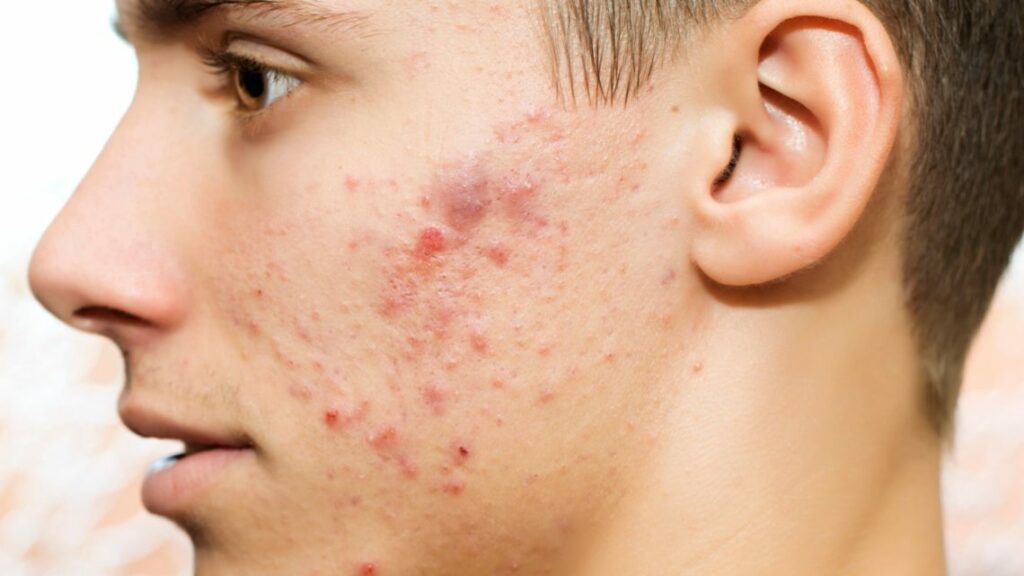Hijama, also known as cupping therapy, is an ancient practice that has been used for centuries to treat a variety of health conditions. This therapy involves the use of cups to create a vacuum on the skin, which helps to stimulate blood flow and promote healing. One of the conditions that hijama has been found …
Hijama, also known as cupping therapy, is an ancient practice that has been used for centuries to treat a variety of health conditions. This therapy involves the use of cups to create a vacuum on the skin, which helps to stimulate blood flow and promote healing. One of the conditions that hijama has been found to be effective in treating is alopecia, a type of hair loss that affects millions of people worldwide. In this blog post, we will discuss the benefits of hijama for alopecia.
Alopecia is a condition that can be caused by a variety of factors, including genetics, autoimmune disorders, stress, and nutritional deficiencies. It can affect both men and women and can lead to partial or complete hair loss. The most common type of alopecia is androgenetic alopecia, which is also known as male or female pattern baldness. This type of alopecia is caused by a genetic predisposition to hair loss and is characterized by a gradual thinning of the hair on the scalp.
Hijama has been found to be effective in treating alopecia because it helps to stimulate blood flow to the scalp. This increased blood flow delivers more oxygen and nutrients to the hair follicles, which can help to promote hair growth. In addition, hijama can also help to reduce inflammation, which is a common cause of hair loss. By reducing inflammation, hijama can help to prevent further hair loss and promote the growth of new hair.
One study that looked at the effects of hijama on alopecia found that it was effective in promoting hair growth in both men and women. The study involved 50 participants who were diagnosed with alopecia and were treated with hijama for a period of six months. At the end of the study, the researchers found that there was a significant increase in hair growth in the treated group compared to the control group. The researchers concluded that hijama could be an effective treatment option for alopecia.
In addition to promoting hair growth, hijama can also help to improve the overall health of the scalp. By removing toxins and impurities from the body, hijama can help to improve the health of the hair follicles and prevent further hair loss. In addition, hijama can also help to improve the circulation of blood and lymphatic fluid in the scalp, which can help to remove waste products and deliver nutrients to the hair follicles.
One of the benefits of hijama is that it is a non-invasive treatment option that is relatively safe and has few side effects. Unlike other treatments for alopecia, such as hair transplants or medications, hijama does not involve any surgical procedures or the use of drugs that can have harmful side effects. This makes it a safe and effective alternative for people who are looking for a natural and non-invasive way to treat their hair loss.
It is important to note that hijama is not a cure for alopecia and may not work for everyone. It is also important to seek the advice of a qualified practitioner before undergoing hijama treatment. A trained practitioner can assess your condition and determine if hijama is a suitable treatment option for you.
In conclusion, hijama is a natural and non-invasive treatment option that can help to promote hair growth and improve the health of the scalp. It works by stimulating blood flow to the scalp, reducing inflammation, and removing toxins and impurities from the body. While hijama may not be a cure for alopecia, it can be an effective treatment option for people who are looking for a natural and non-invasive way to treat their hair loss. If you are interested in trying hijama for alopecia, be sure to seek the advice of a qualified practitioner to ensure that it is a safe and suitable treatment option for you.






